The vibrant Betta fish comes in different sizes, shapes, and colors. This guide highlights ten popular and rare Bettas worth adding to your tank, including care tips and much more!
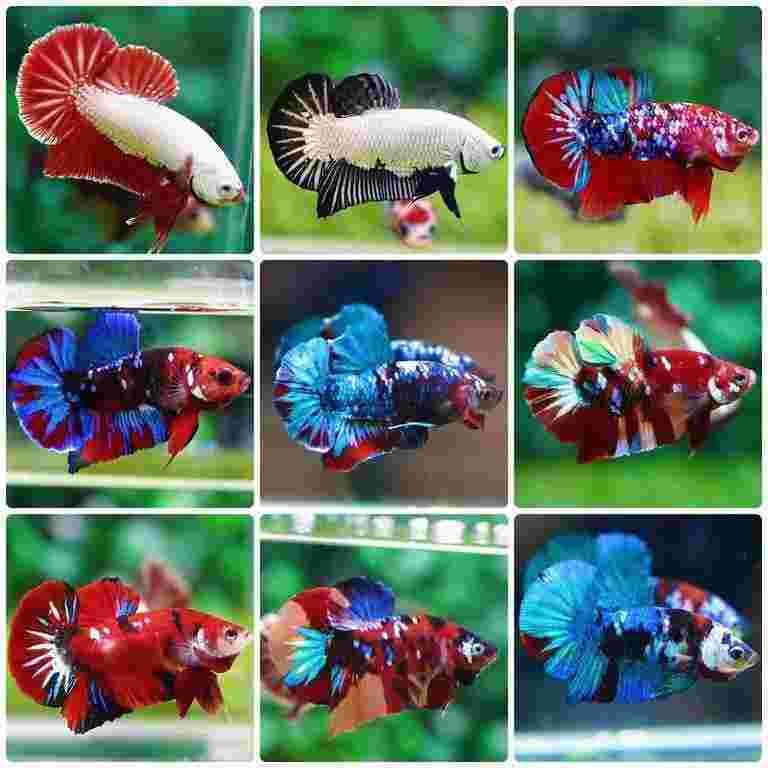
Introduction
Are you into glamorous and exotic ornamental fish species? Then you’d love the Betta fish, with its unique features and forms, such as interesting fin shapes, colors, and patterns! You can even build a community aquarium around several types of Betta fish in a sorority.
Each subspecies has distinct visual traits and behaviors, making them highly sought-after by beginners and advanced aquarists alike.
Take a look at some of these popular Betta breeds that can take your tank to the next level. Each profile contains details on Betta fish fin types, colors, and traits that’ll endear you to each popular variant.
Author’s Note: Check out our post on Innovative Betta Fish Tank Designs to Inspire Your Next Aquarium Setup for fun and unique Betta tank ideas!
Quick Sidenote: Do you want to watch this article instead of reading it? Checkout the highlight video below from our YouTube Channel (Or read the more detailed article below), be sure to Subscribe For More Great Fishkeeping Content:
Halfmoon Betta Fish: The Fan-Favorite Classic
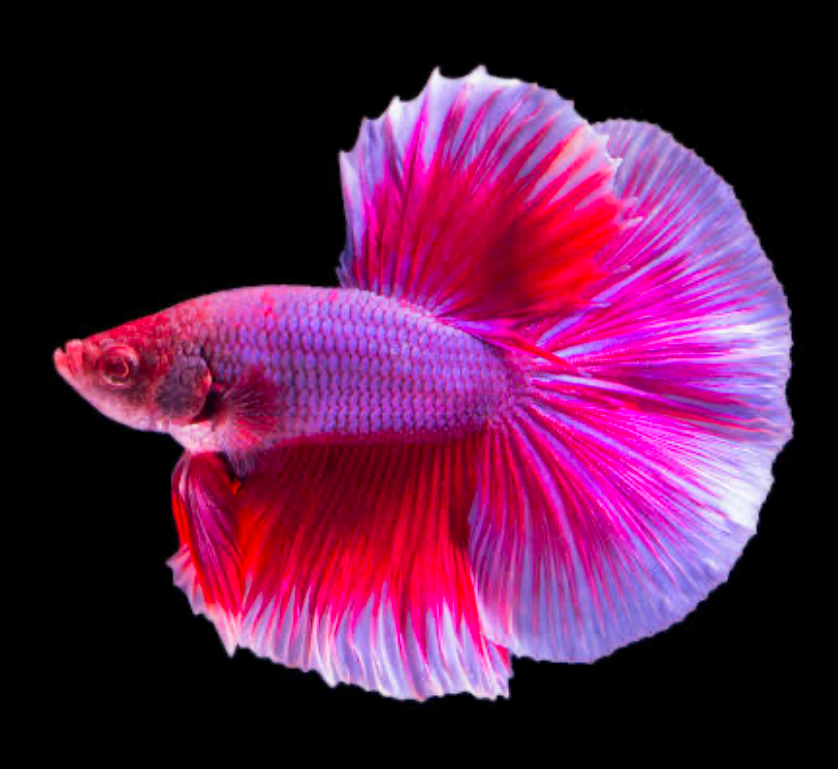
We’re starting with one of the most sought-after classic Betta varieties, the Halfmoon Betta fish. When you say “Betta,” the fan-favorite Halfmoon is typically the first image that pops up. This species is so popular that it is a cheat code for winning fish display competitions.
Here are some Halfmoon Betta fish facts to help you understand why it earned the spot as number one on this list.
- Symmetrical Fan-like Tailfin: Unlike most basic fish species, the Halfmoon Betta has a long flowing tail fin that fans out into a symmetrical 180-degree shape.
- Vibrant Coloration: Halfmoon Bettas come in various scale colors and patterns, from solid monotones to dual-tones, mosaics, spots, stripes, and tints.
- Elegant Display: This species’ combination of color, dramatic fins, and graceful swimming makes an elegant display in any aquarium.
- Ease of Care: Halfmoon Bettas are easy to maintain since they need a minimum of 5 to 10 gallons, depending on the size. They also thrive on a carnivorous diet in calm waters with temperatures of 75-80°F.
Starting your fish-keeping hobby with a 180-degree tail Betta species is a great choice, but let’s move on to another fancy-tailed variant.
Feathertail Betta Fish: Frilly and Unique
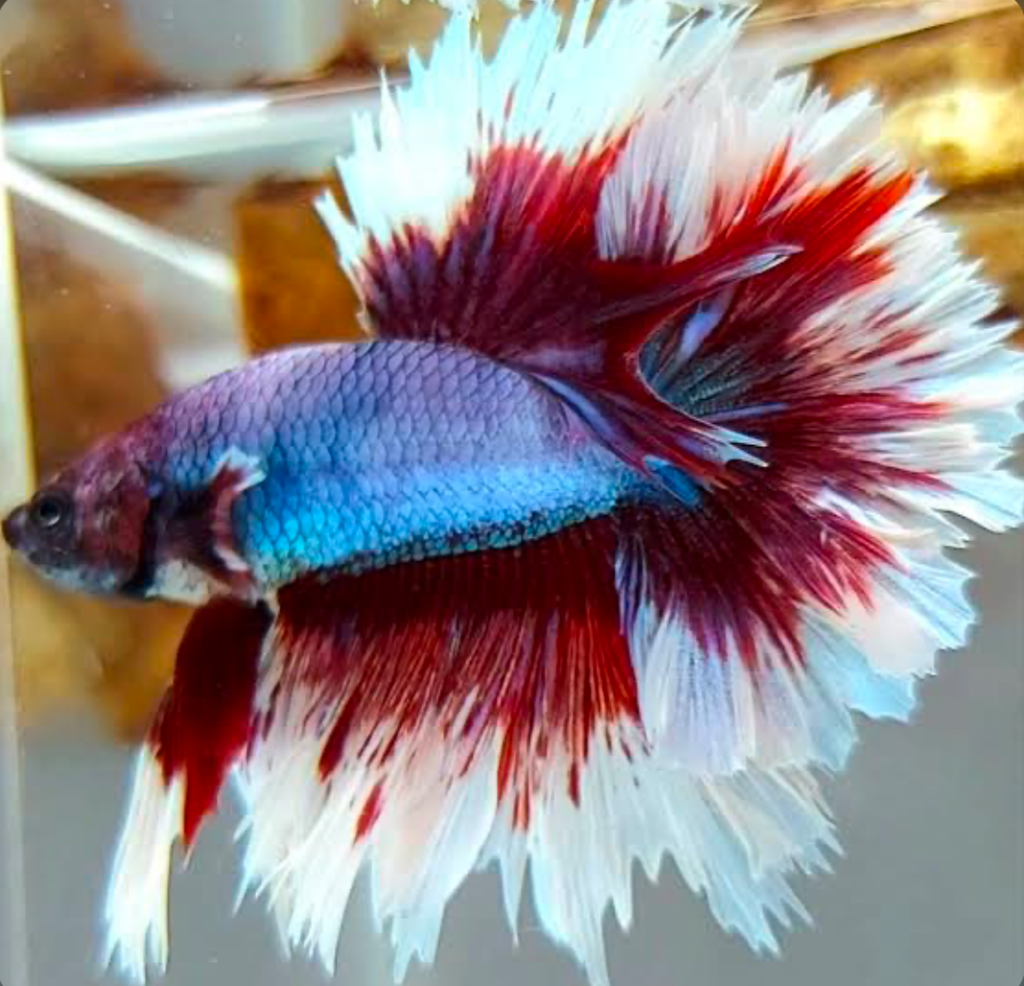
The Feathertail Betta’s appearance is similar to the Halfmoon variant but slightly different. Instead of a symmetrical 180-degree long tail fin, its fin have ruffled edges like a feather.
Like all fancy Betta fish types, the Feathertail variant is sensitive and prone to fin damage. So, provide a medium to large tank with open swimming area to protect its fins.
Feathertail Bettas prefer live foods and live in cool freshwater with a temperature of 78 – 80°F.
Author’s Note: For more on feeding your aquatic pets check out The Ultimate Guide to Fish Food: Pros and Cons & Best Choices!
You’ll notice that this frilly fin Betta species is closer to the Rosetail variant, but with a more exaggerated form. That’s because it’s an offshoot of the Rosetail species formed from genetic modification.
Rosetail Betta Fish: The Blooming Beauty
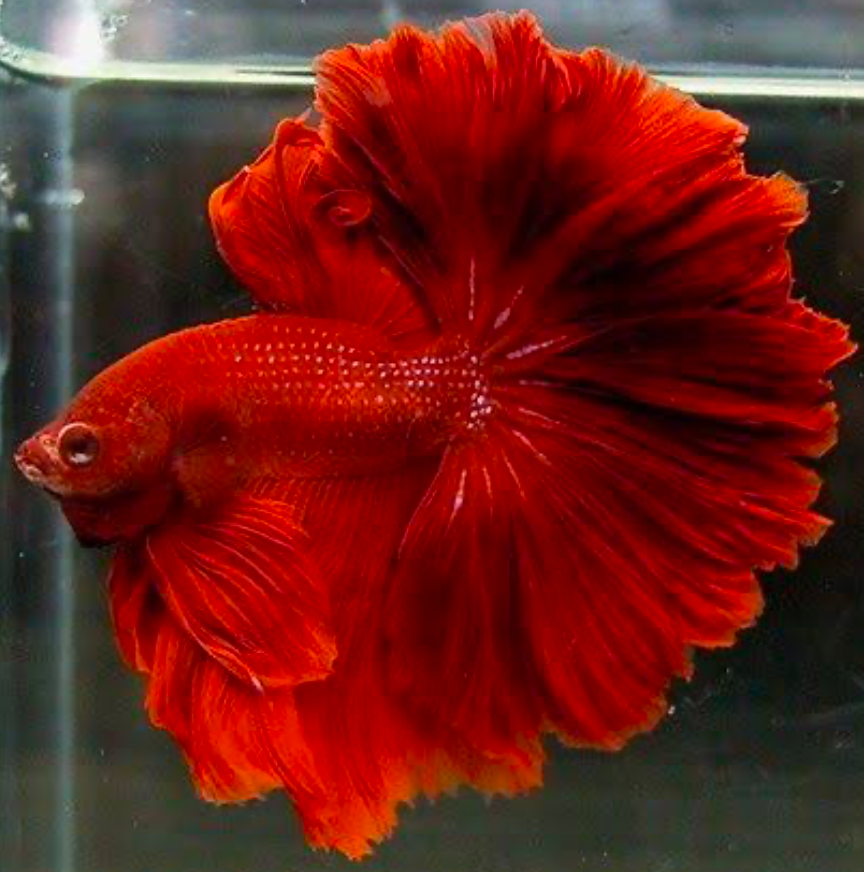
Another flowing tail Betta fish you should consider is the Rosetail species. It’s a creation from the genetic modification of the Halfmoon Betta, so it shares certain features with it.
However, specific Rosetail Betta characteristics separate it from its “sister” species. These include:
- Branching Tailfin: It has a wide and long tail fin that stretches from its mid-back to its lower gill.
- Rosy Coloration: Although the Rosetail Betta has multiple colors, its two dominant hues are a bold, rosy red and white or a mix of both colors.
This vibrant red coloration makes Rosetail Bettas look like blooming roses. Let’s now discuss short-finned ornamental Betta types.
Plakat Betta Fish: The Short-Finned Fighter
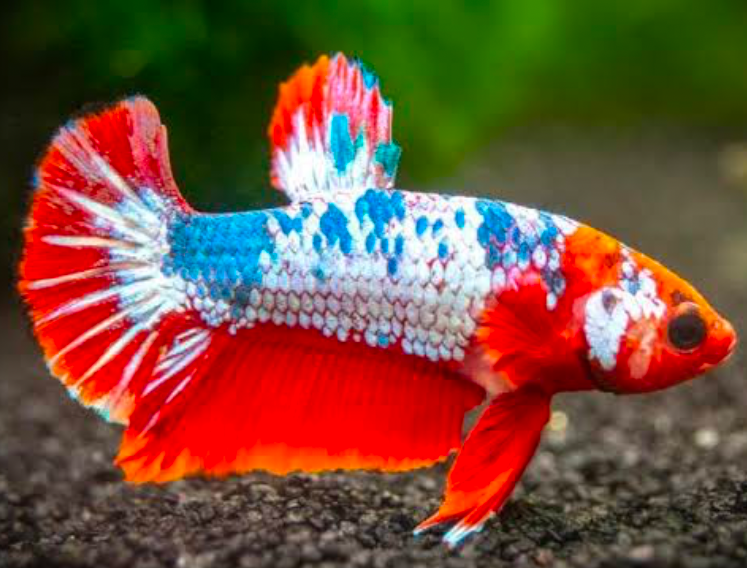
Symmetrically, Plakat Betta fish species don’t look like other traditional Betta varieties. So, they’re not as popular, but they’re worthy of note.
As a short-tailed Betta fish, the Plakat’s beauty lies in its coloration and personality. Its more natural fish-like appearance resembles that of its wild ancestors before genetic mutations took over.
If you appreciate watching your pets in action, you’d love the Plakat Betta’s energy. This species is also very hardy mak8ng aquarium maintenance and their longterm care easy.
Elephant Ear (Dumbo) Betta: Big-Finned Charmer
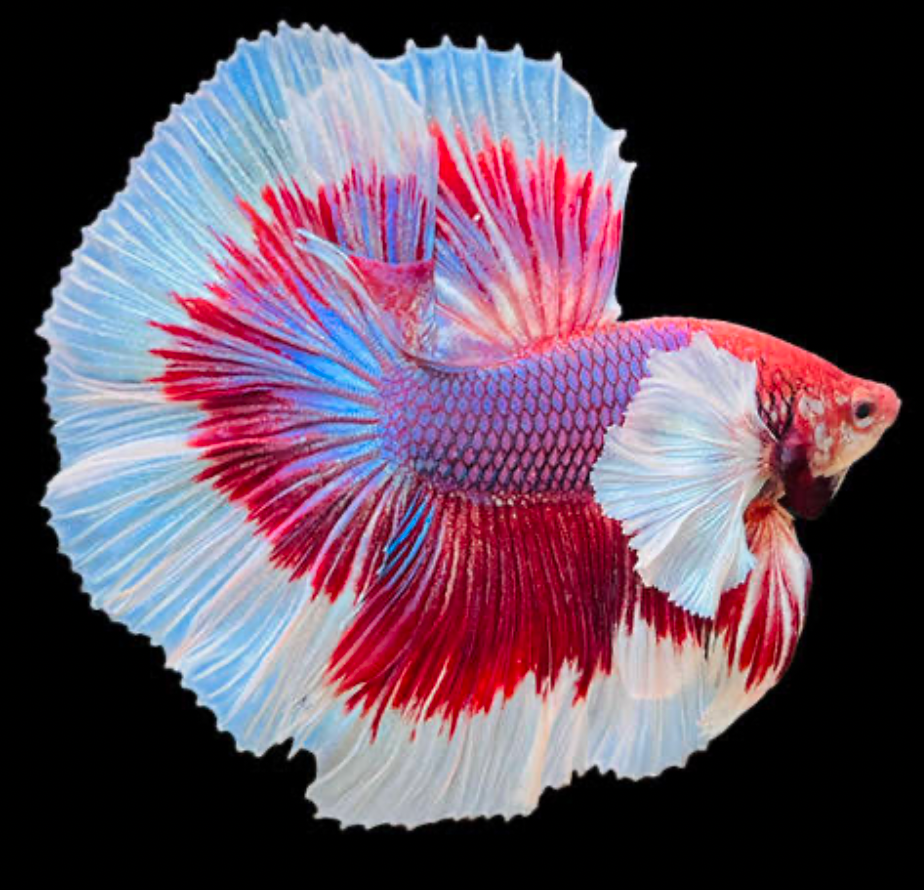
We’re halfway through, so it feels like the right time to introduce you to the centerpiece Betta fish with large side fins. The Elephant Ear (Dumbo) Betta fish has a Halfmoon Betta’s body with a Veiltail’s dramatic fin but an extra feature that sets it apart from them.
Dumbo Betta features are exaggerated like other ornamental fish species, but it’s oversized pectoral fins that draw attention. It’s not as long as its dorsal and caudal fins, which gives this species that Elephant Ear Betta look.
This species thrives at 75-82°F and eats protein-rich foods.
Crowntail Betta Fish: The Spiky Showstopper
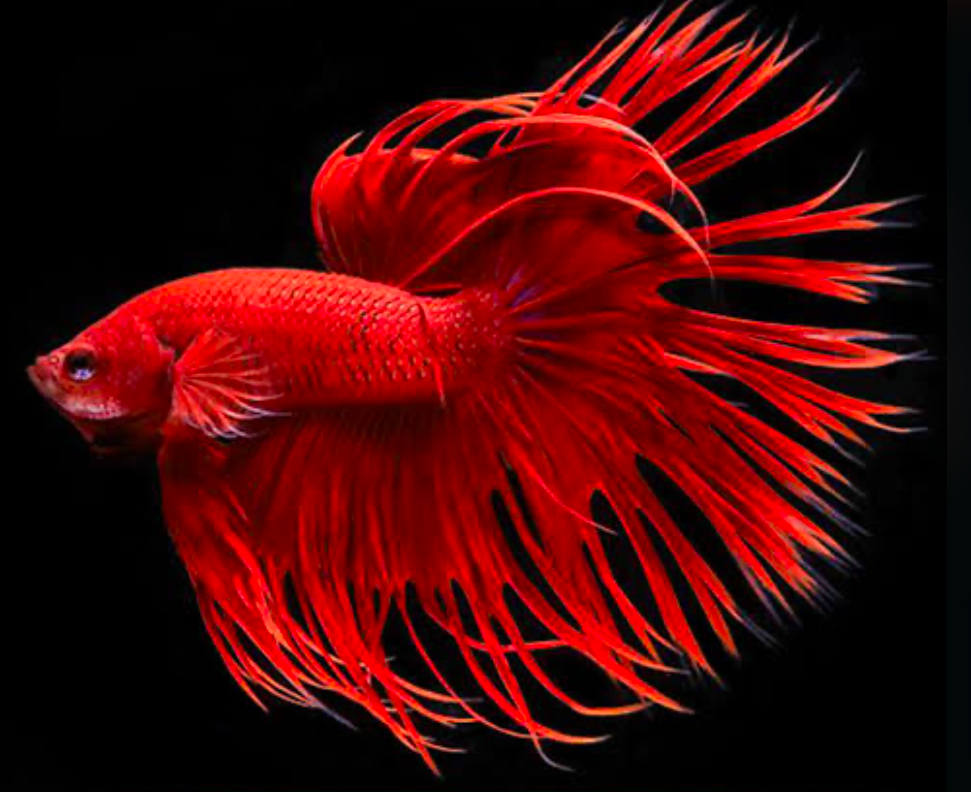
Have you ever seen a Betta fish with tattered or sun-ray like extensions and wondered what happened to its tail? Nothing happened. That’s the natural state of the Crowntail Betta species’ tail.
The Crowntail Betta’s spikes on the caudal, dorsal, and tail fins give a crown-like appearance, hence its name.
Although it’s different from the rest, this spiky-tail Betta is also popular among aquarist for its multiple color variations and easy care. Crowntail Bettas thrive at 75-82°F and are omnivorous eaters.
Alien Betta Fish: The Futuristic Morph
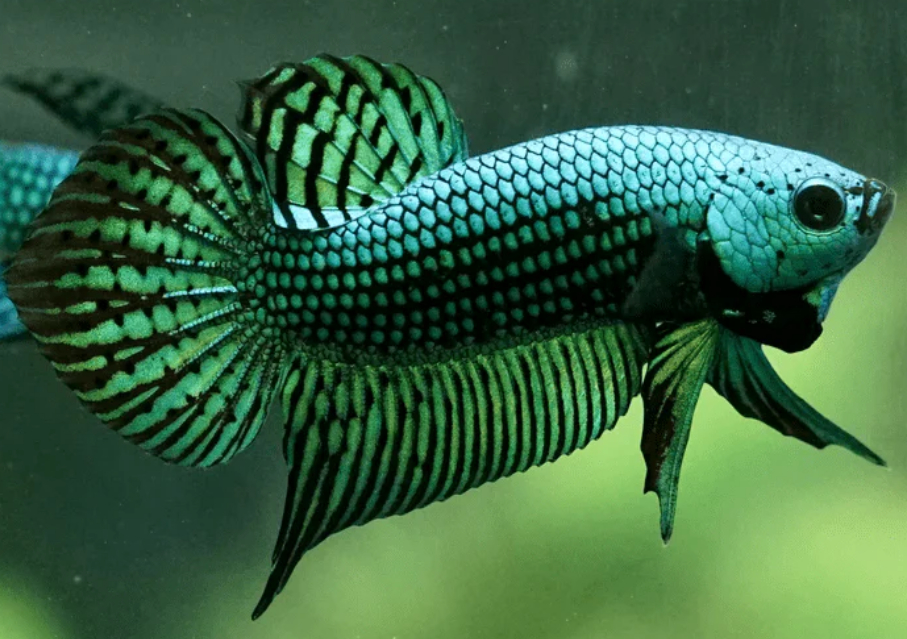
This list would be incomplete without adding at least one of the rare Betta types. Being lesser known is why the Alien Betta fish is worthy of gracing your tank or pond and drawing attention like you never imagined.
The Alien Betta fish’s genetics gives it a metallic body, webbed fins, an elongated body, and black spotted scales.
The metallic hues of this Betta fish range from blue to green, copper, and purple. Alien Betta fish are territorial and need large spaces when kept. They eat carnivorous foods and live in 76-80°F temperature waters.
Halfmoon Plakat Betta: The Best of Both Worlds
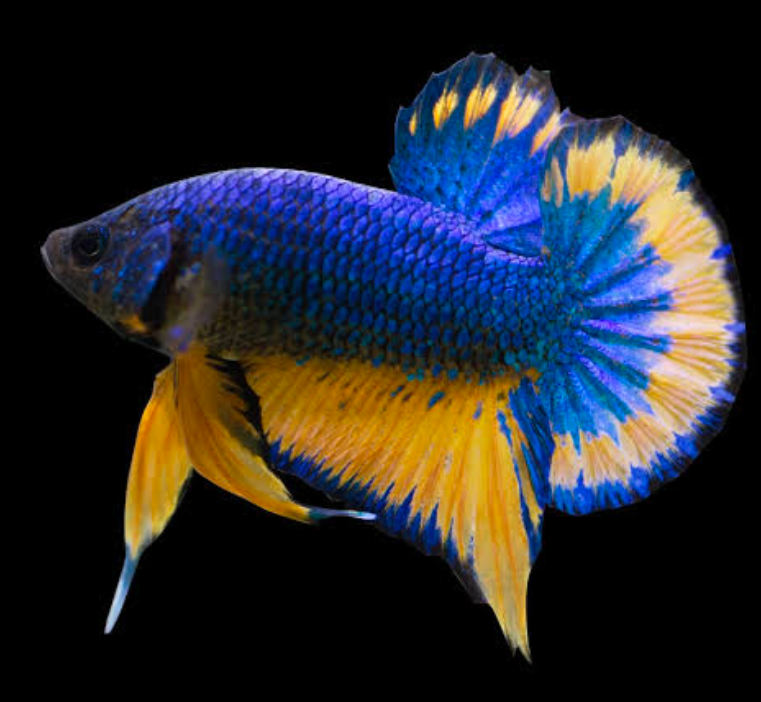
Now here’s a great hybrid Betta variety, the Halfmoon Plakat Betta.
What would they create if a Halfmoon and Plakat variant had a baby? An elegant hybrid with the elegance of a Halfmoon Betta’s tail and the hardiness of Plakats.
This fusion creates unique Halfmoon Plakat traits worthy of note. So, despite having delicate, long fins, this species has an active nature that makes it a show-quality centerpiece.
The Halfmoon Plakat species is smaller than other Bettas, live in 75°F waters, and eat carnivorous foods.
Dragon Scale Betta: The Armored Wonder
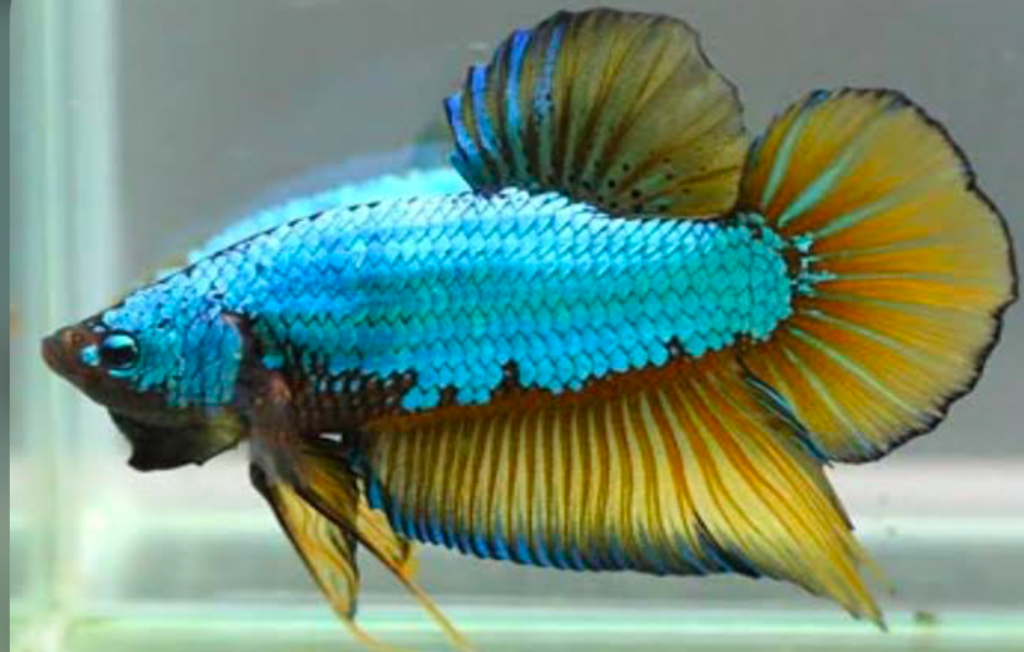
Another Betta with a metallic pattern you’ll love is the Dragon Scale Betta. It has a similar look to Plakats and the Alien Betta species, below I’ll highlight its unique appearance, which will help you successfully identify them,
- Armored Scale: This species has thick, metallic-looking scales that resemble dragon armor.
- Sharp Fins: Most Bettas have flexible, flowing fins, but not the Dragon Scale species. Its fins are pointed andsharp, they also have different tail, caudal, and dorsal shapes.
- Dual Coloration: Every Dragon Scale Betta has at least two and, at most, three colors. A base color for the main body often extends as a tint on the fin’s edge, while a second color covers its fins.
Dragon Scale Betta fish eat animal matter since they are carnivores and live in 75-86°F temperature water.
You may think it’s hard to beat an armored-scale Betta, but you’re wrong. Wait till you see the closer of this list!
Veiltail Betta Fish: The Beginner’s Favorite
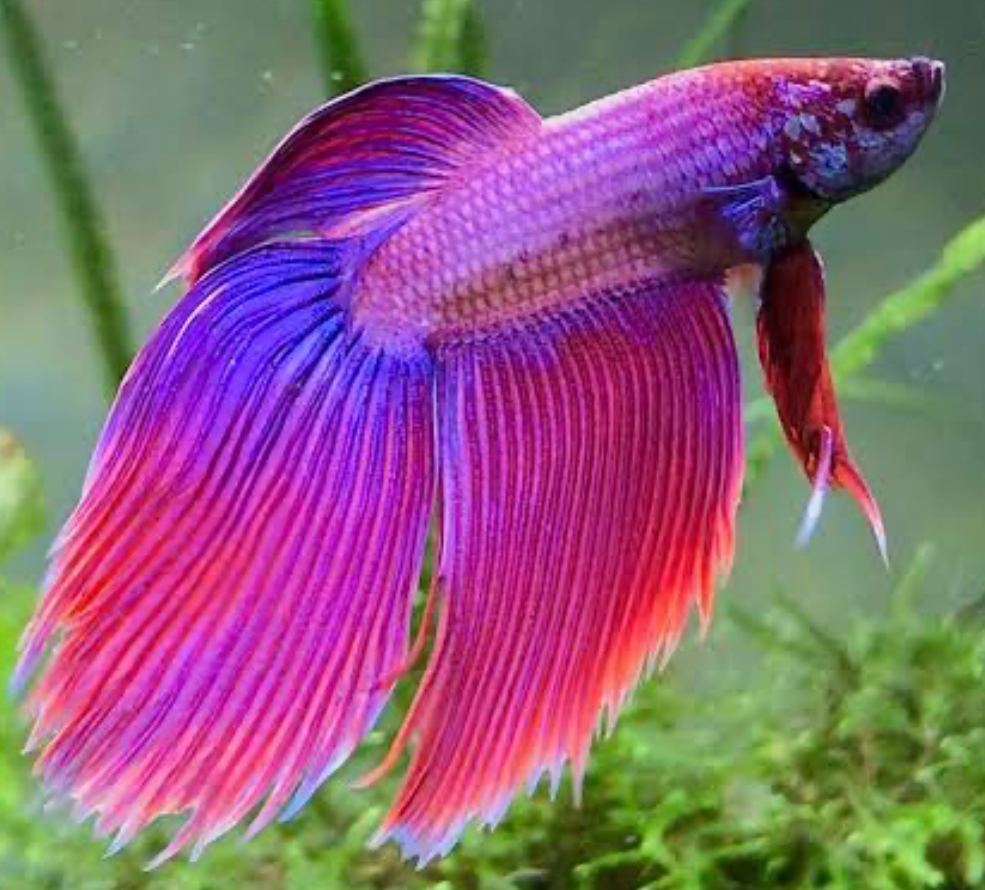
Don’t be shocked to see a beginner Betta fish closing this elite list. The previous nine Bettas were tough acts to follow, so the closer had to be a fan-favorite, the Veiltail Betta fish.
The Veiltail species is a Betta with a long tail fin that is shaped in a unique way. Each fin forms a downward curve with a sharp tip. However, its colorful scales and pretty fins aren’t why the Veiltail Betta is popular with beginners. Its appeal lies in its ease of care!
Here are some easy Veiltail Betta care tips:
| Tank Size | 5-gallons + |
| Temperature | 76 – 81°F |
| pH | 6.5 – 7.5 |
| Water Changes | 20 – 40% |
| Diet | Protein-rich |
| Feeding Frequency | once daily | once in two days |
Conclusion: Choosing the Right Betta Type for You
I hope you’ve enjoyed reading about the different Betta types as much as I loved sharing them with you. If you’re still confused about which Betta to choose from this list for your tank or pond, don’t worry.
This is the ABC for choosing Betta fish:
- Appearance,
- Behavior, and
- Care levels
Additionally, you can make a Betta fish comparison based on your tank size, their temperaments, and your Aesthetic preferences. Let us know what you choose and why in the comment box below.


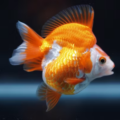
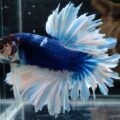

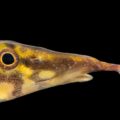


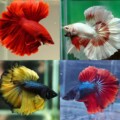

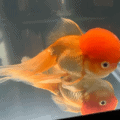

6 thoughts on “Top 10 Most Popular Types of Betta Fish: A Guide to Colorful Personalities and Fins”